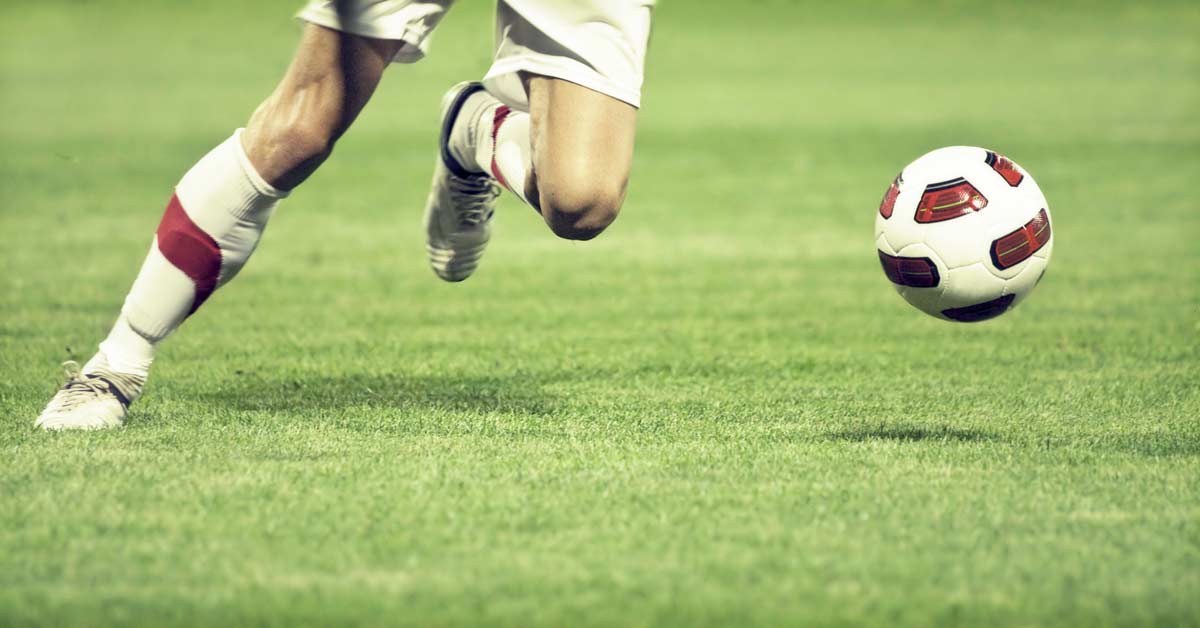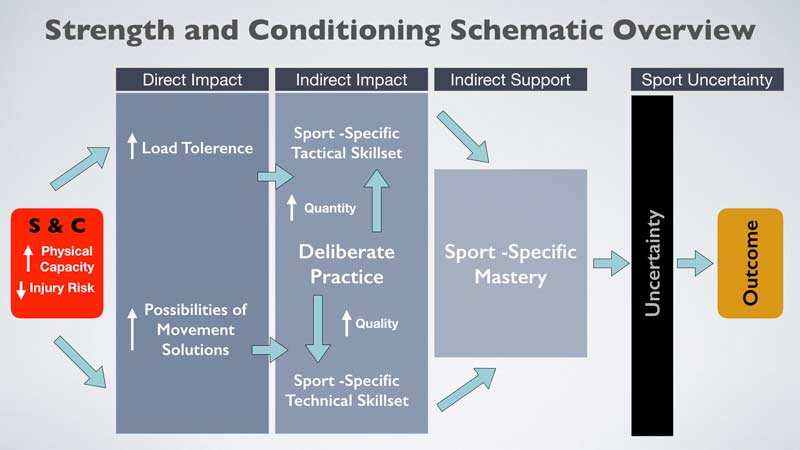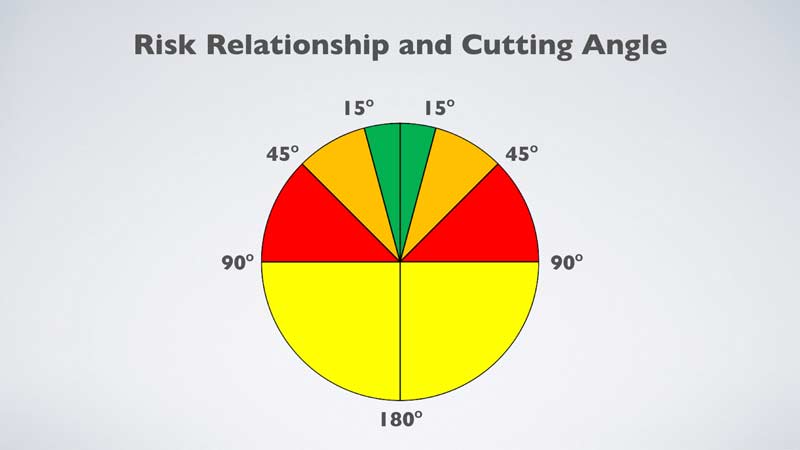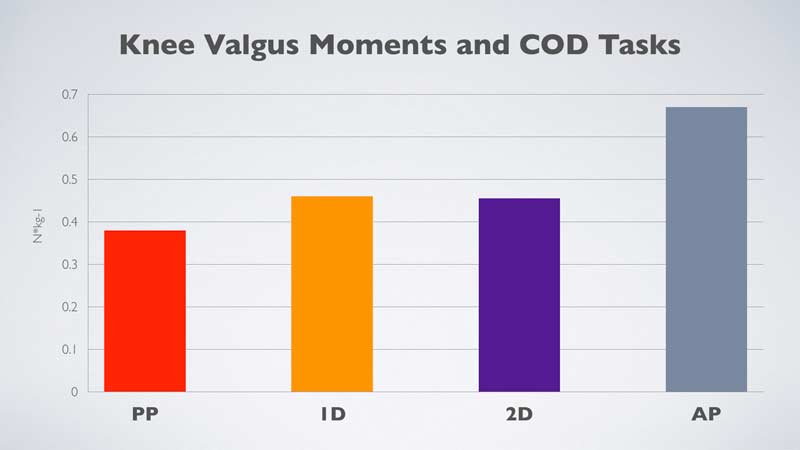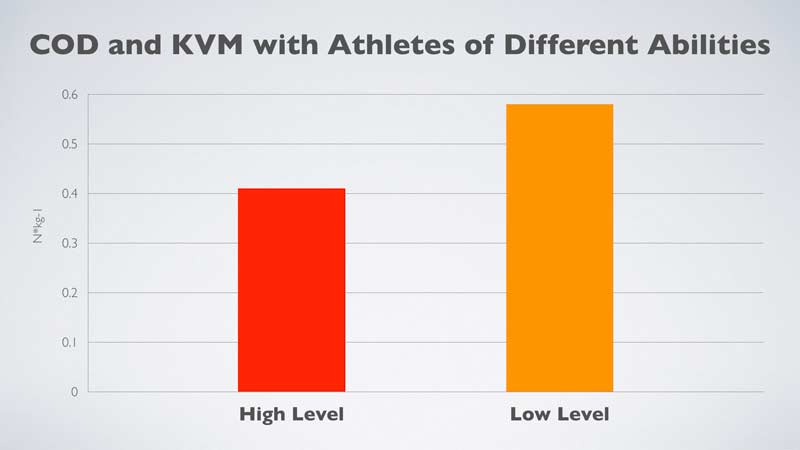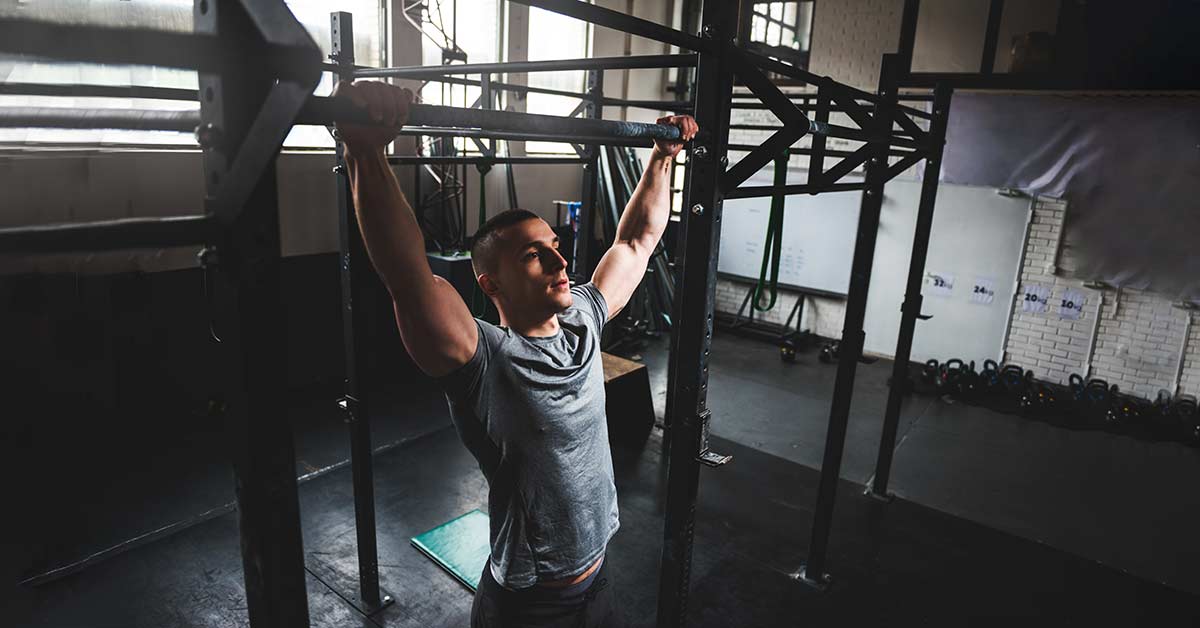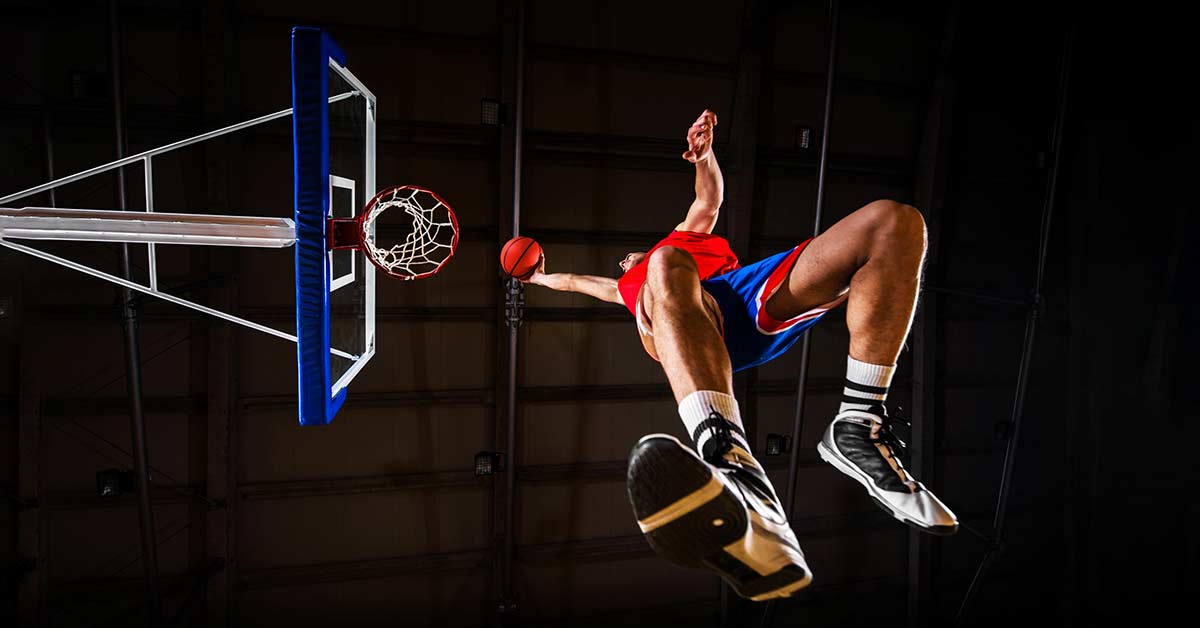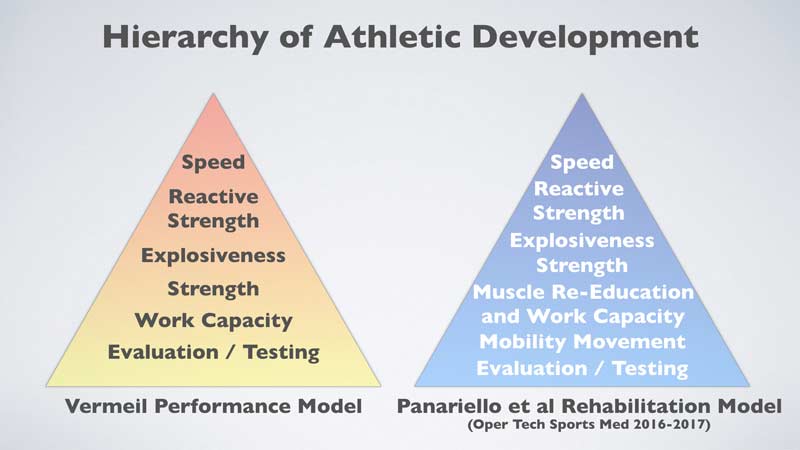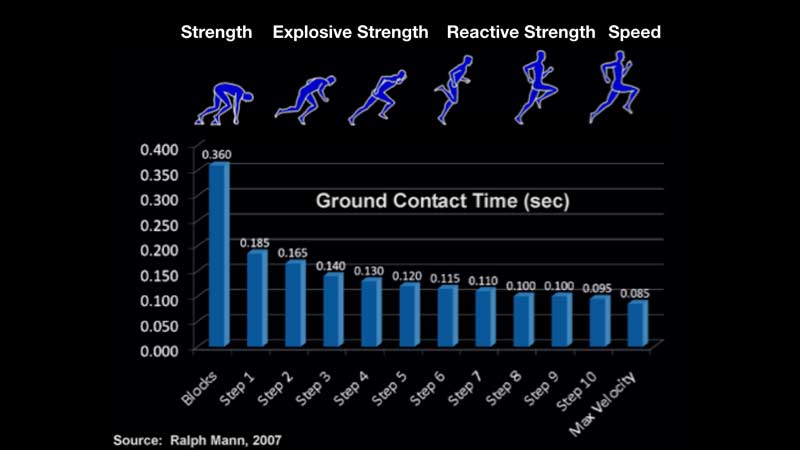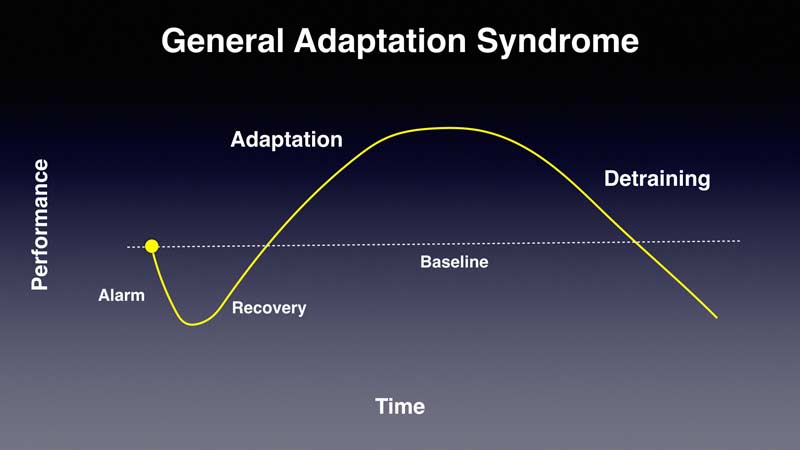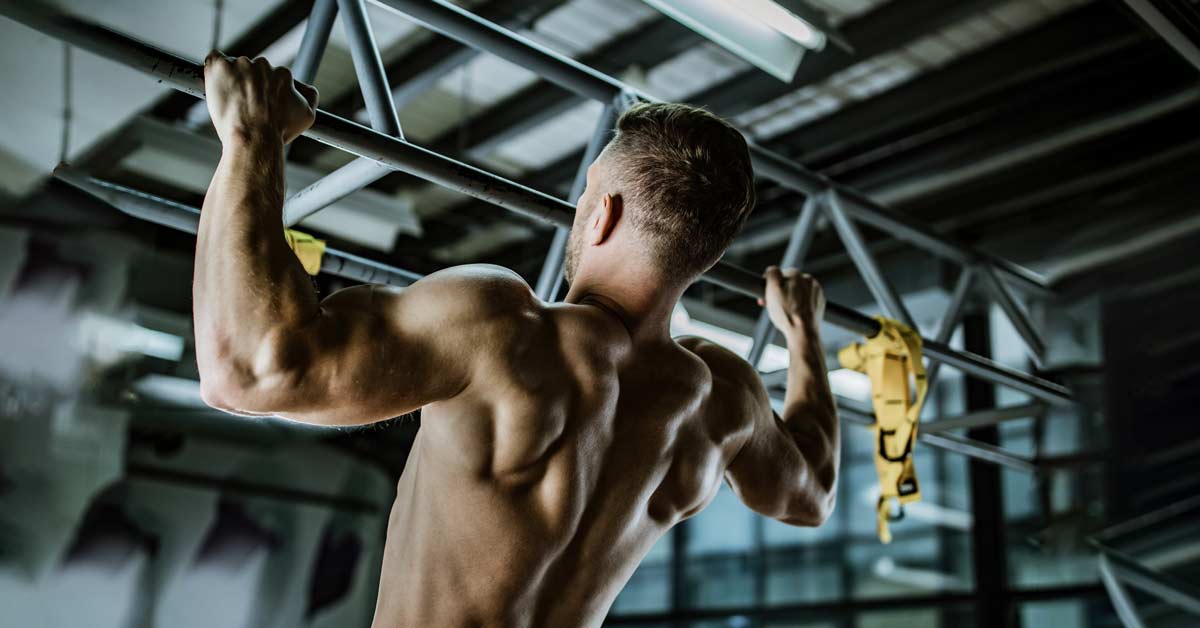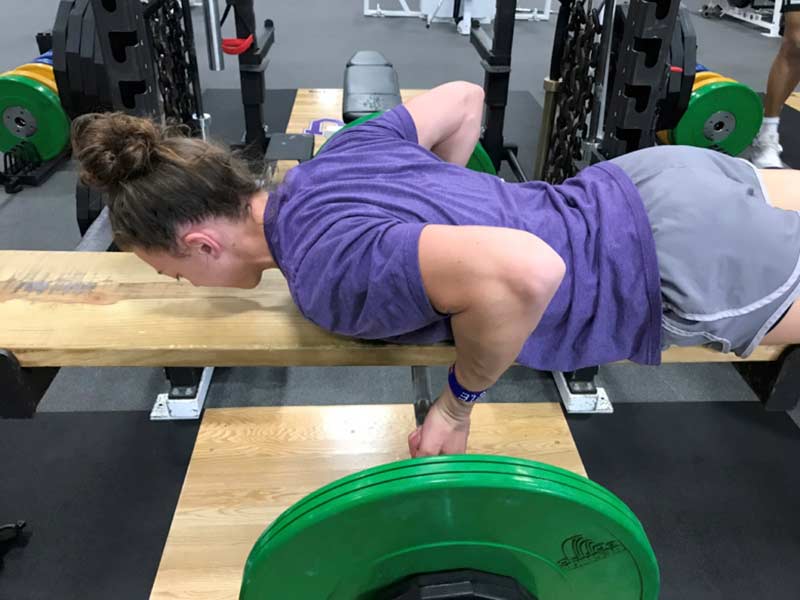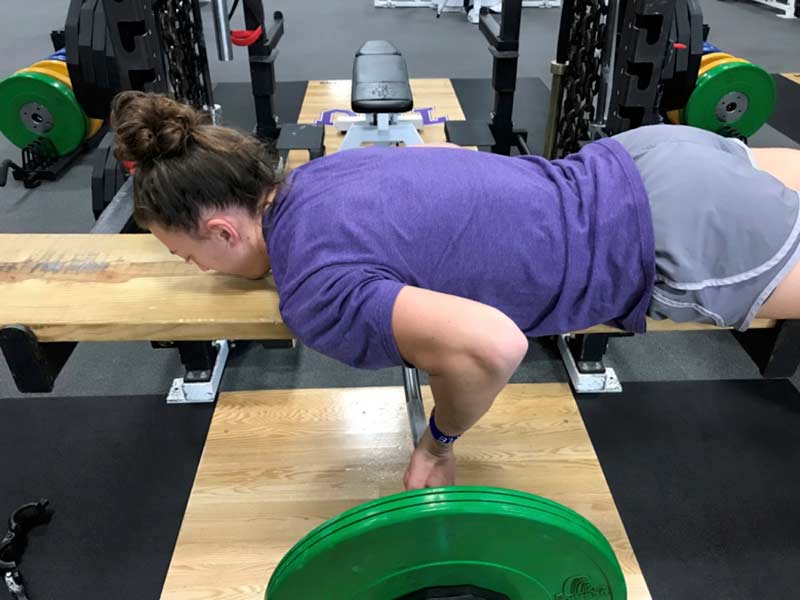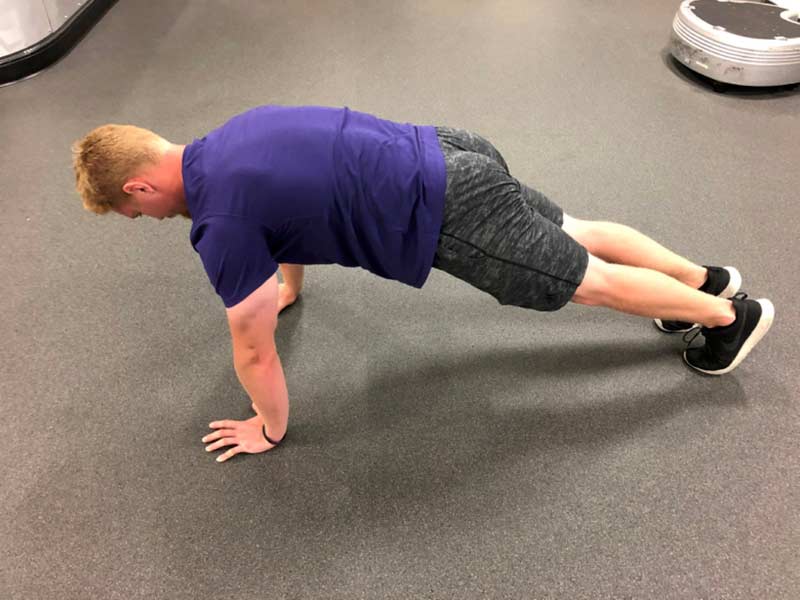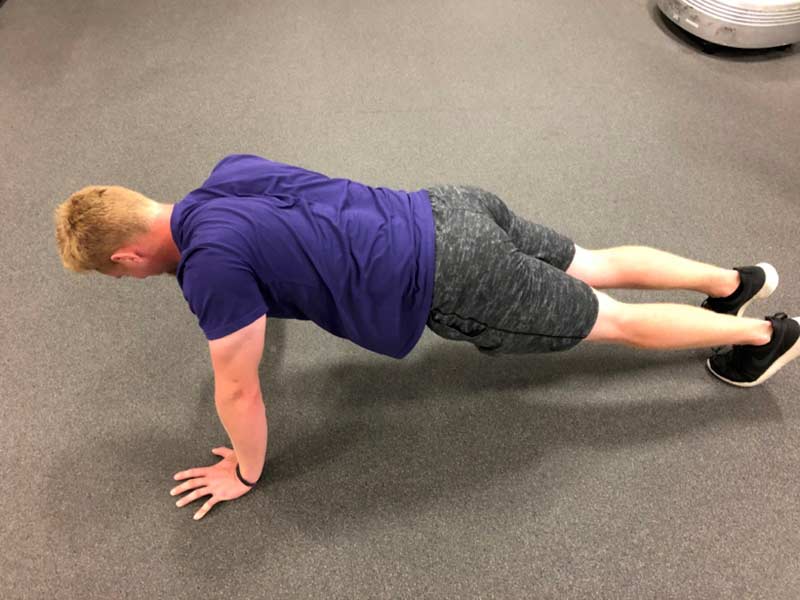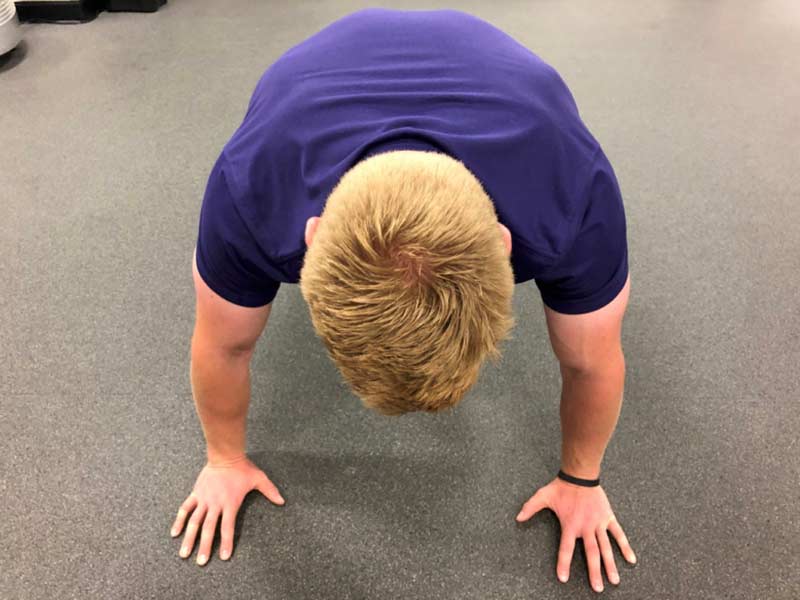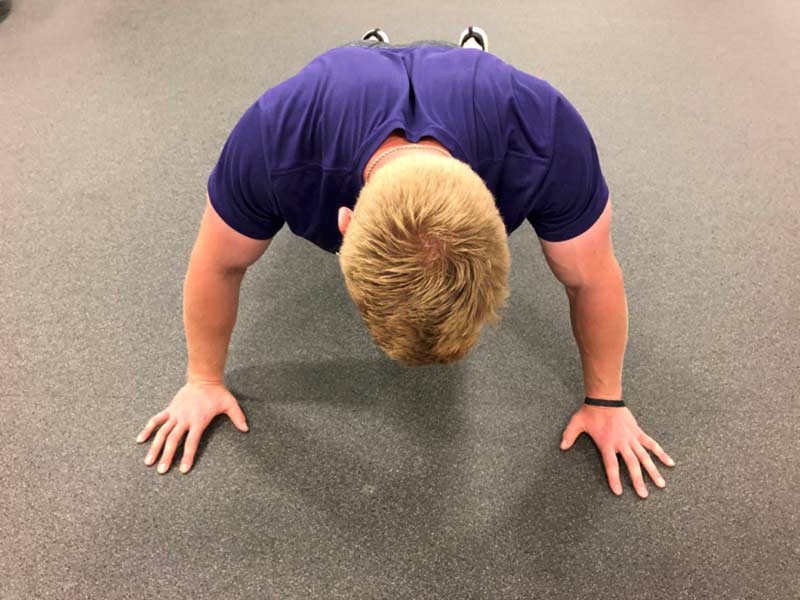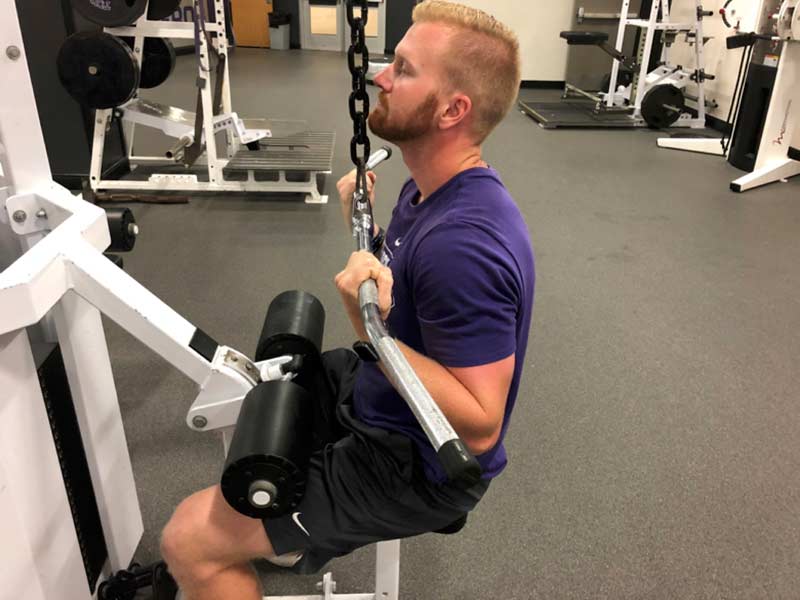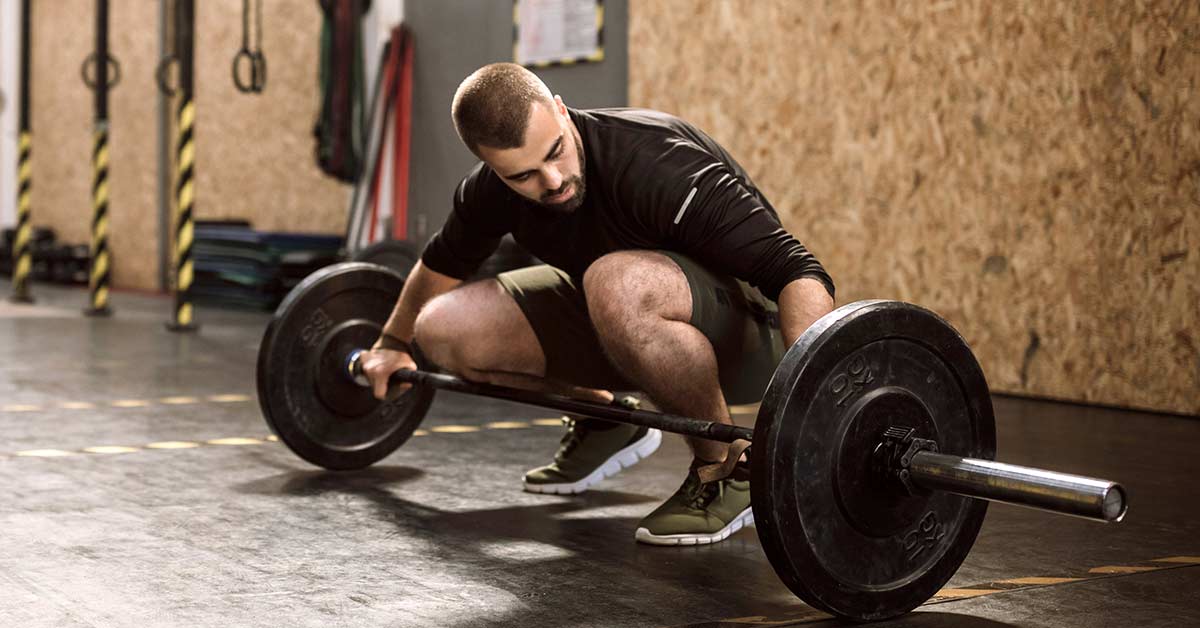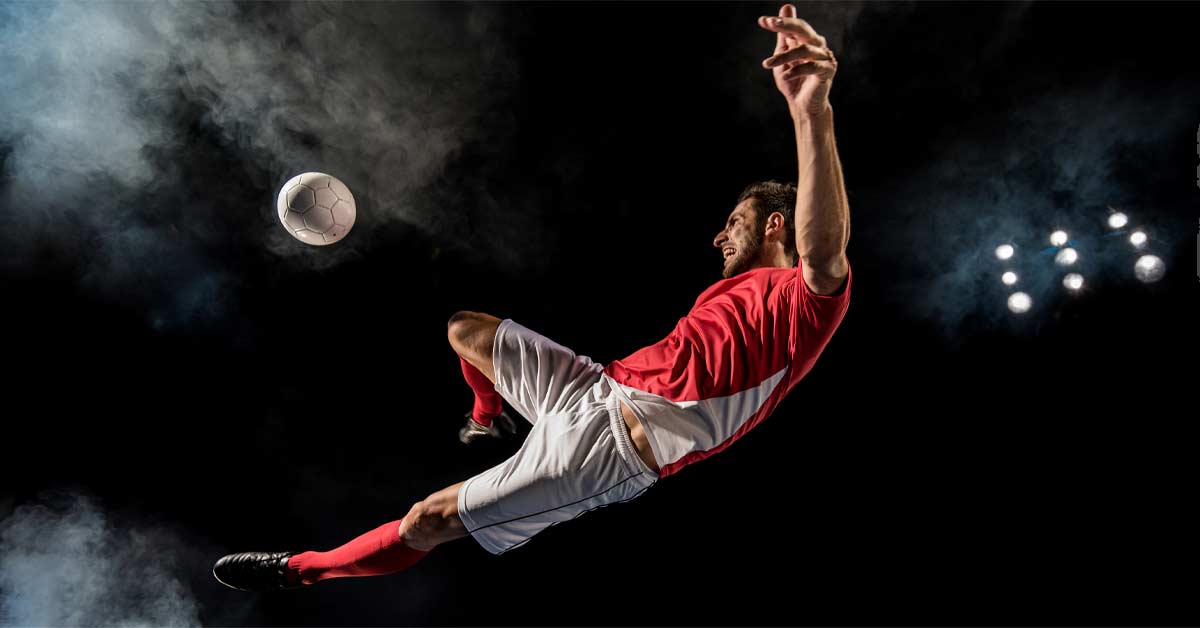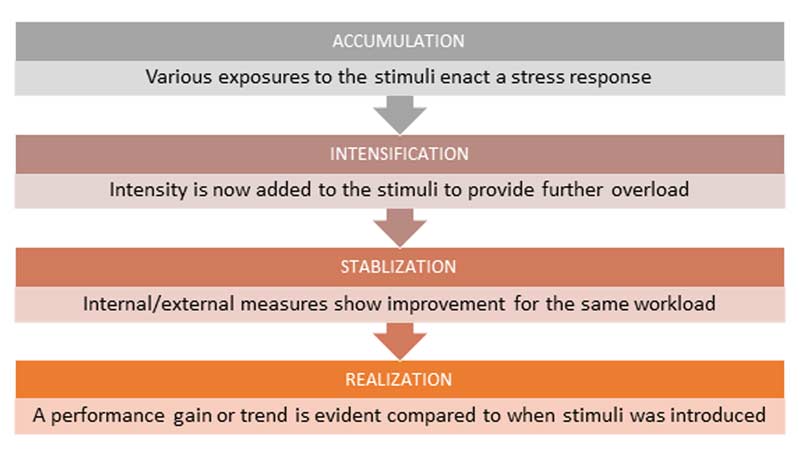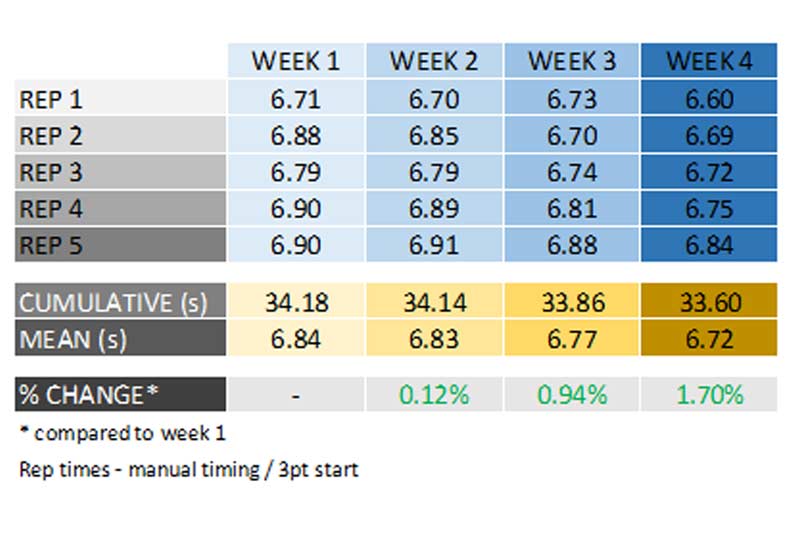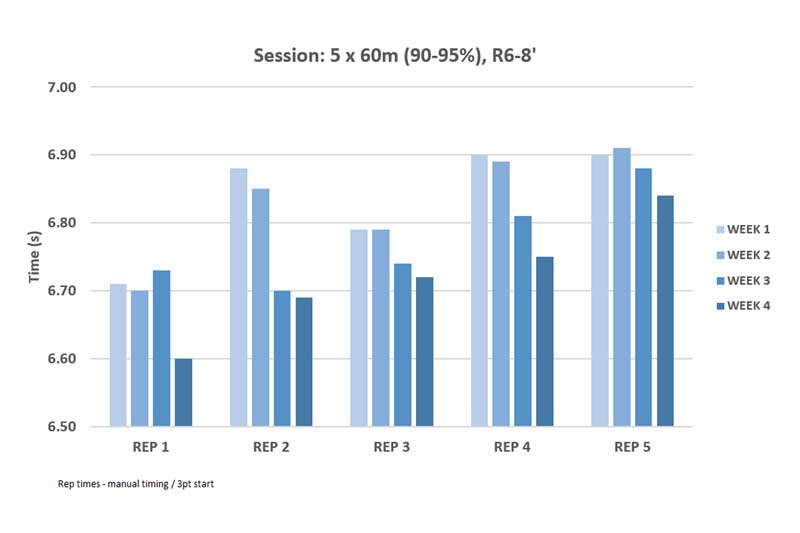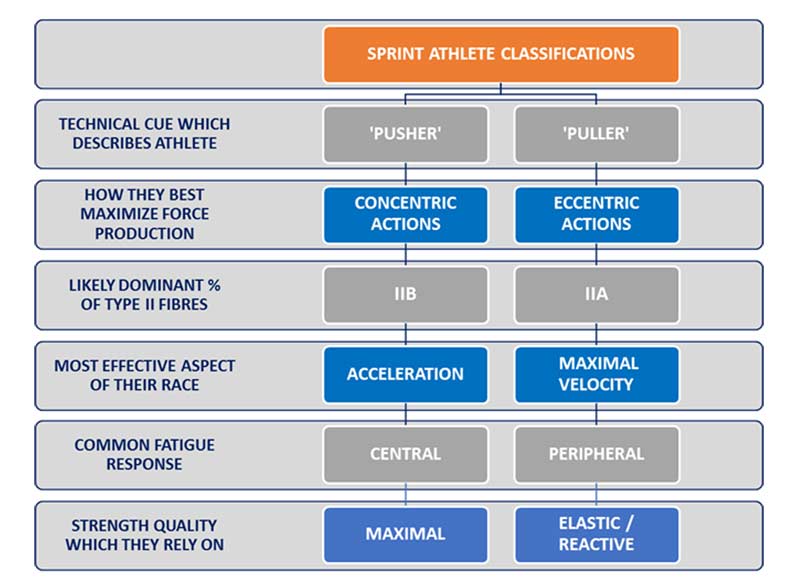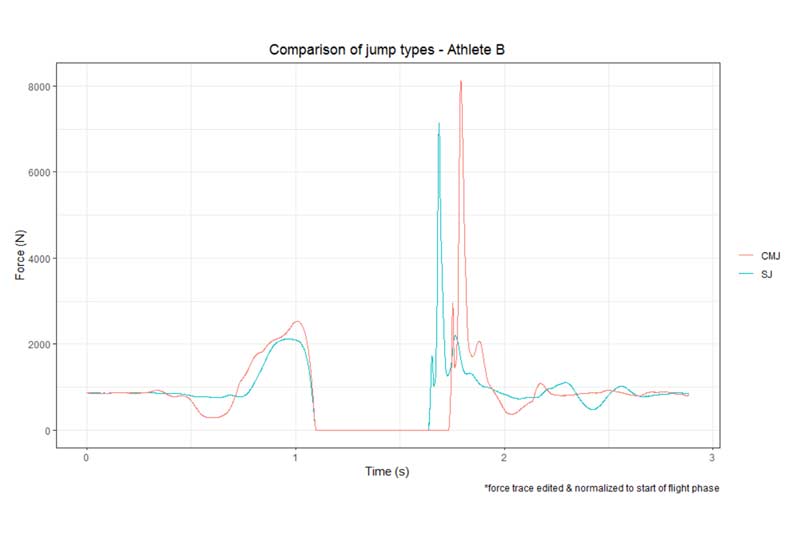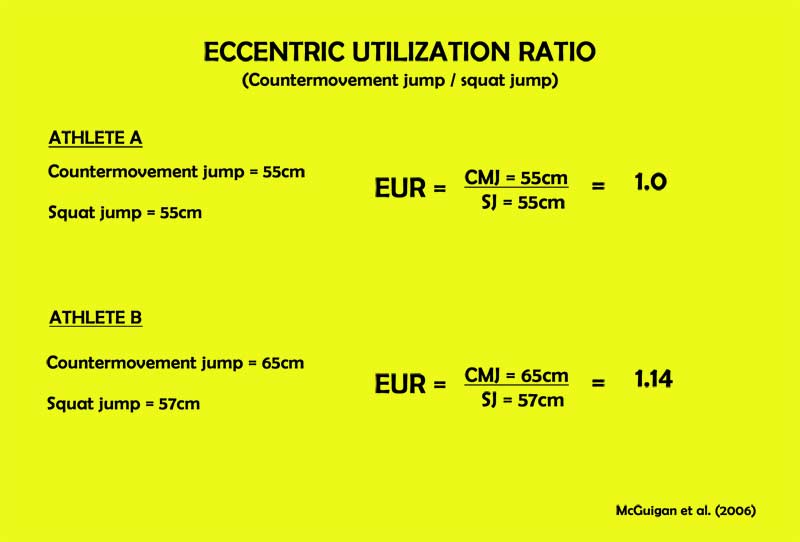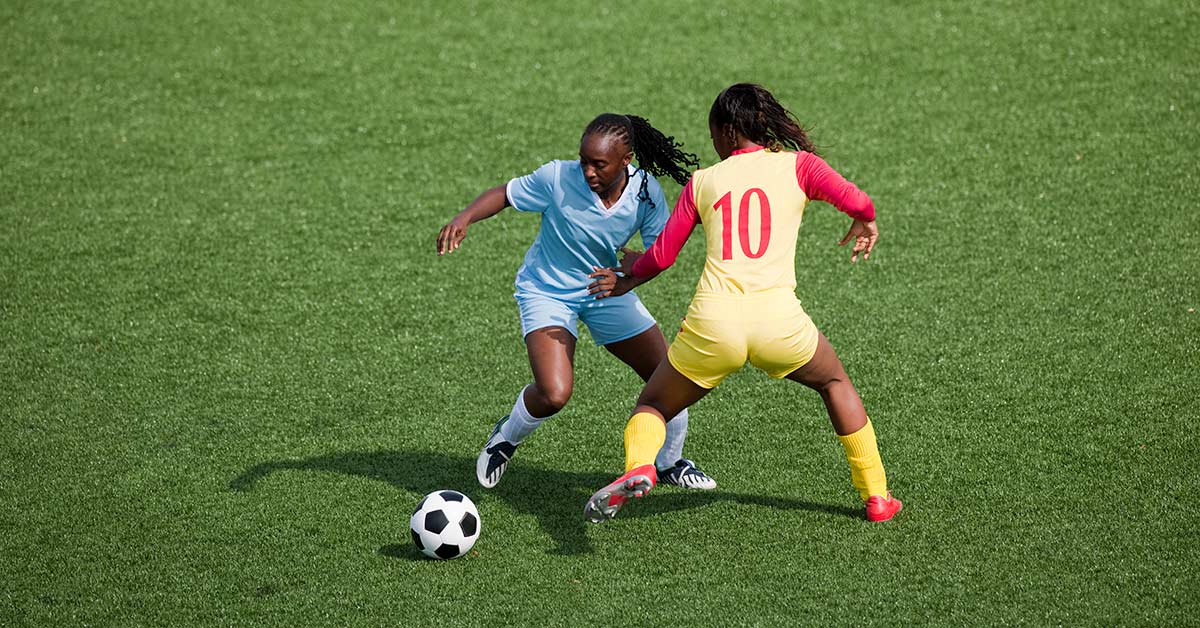
Dr. Surdyka is a physical therapist, performance coach, and former Division 1 soccer player currently living in Los Angeles, California, where she works primarily with athletes. She is passionate about bridging the gap between rehabilitation and performance training and finding ways to make sports medicine and performance research more applicable to the clinic, weight room, and field. On top of working with athletes both in person and online, Dr. Surdyka also teaches a continuing education course called “Managing the [Un]Injured Soccer Player” for other healthcare professionals, performance coaches, and soccer coaches.
Freelap USA: What is your take on the biggest ACL risk factors you see in soccer players, particularly young female athletes?
Dr. Nicole Surdyka: The biggest risk factor for an ACL injury is a previous history of ACL injury. The current body of literature shows us that young athletes who suffer an ACL tear and return to sports like soccer are at about a 30–40 times greater risk of sustaining an ACL injury compared to athletes who have never had an ACL injury. To put it more simply, about one in four young athletes who sustain an ACL injury and return to cutting and pivoting sports like soccer will go on to have another ACL injury, and this will most likely occur within the first 1–2 years of return to sport.
At this moment, the greatest predictor of subsequent knee injury after an ACL reconstruction is quad strength, says @NSurdykaPhysio. Share on XAs of now, it seems as though the greatest predictor of subsequent knee injury after an ACL reconstruction (ACLR) is quad strength. This is typically reported as the limb symmetry index (LSI), which is the strength of the surgical leg as a percentage of the strength of the uninvolved side. In fact, for every 1% increase in quad strength LSI, there is a 3% reduction in secondary knee injury risk.
After an ACLR, athletes tend to offload that knee and shift the load into their ankle and hip instead, often with an increased hip strategy during their deceleration and change of direction tasks. Not only is this not an ideal movement pattern from a performance perspective, but it may also lead to the mechanism that can cause an ACL injury. This offloading of the knee might be due to poor quad strength or lack of confidence in their knee and, therefore, may be a subconscious shift to the next best movement pattern (a hip strategy). It might also be due to neurological changes that occur after an ACLR or, more likely, a combination of these and other factors.
Freelap USA: Return to play criteria is certainly an immense intersection that lies between sports medicine and sports performance. What are some common shortcomings in this process and how can we make it better?
Dr. Nicole Surdyka: Typically, athletes see return to sport (RTS) as this magical day that they can circle on their calendars, when they’ll suddenly be able to get back on the field and pick right back up where they left off. Instead of allowing this expectation to proliferate, it is best to think of RTS as a continuum that begins on the day of the injury. There’s a great consensus statement on return to play from 2016 that discusses this RTS continuum.
- In the Return to Participationphase, the athlete may be able to participate in modified or full training sessions, decreased time, or different roles in a game/match/competition.
- The Return to Sport phase is when an athlete now fully participates in their sport without restriction but has not achieved their desired performance level.
- The Return to Performance phase is when the athlete has met or exceeded the level of performance they were at preinjury. The athlete is working toward higher performance goals, is achieving PR’s, and has improved metrics of performance to better levels than prior to the injury/illness.
Each individual athlete may have a different definition of successful RTS. For some, simply being able to lead a healthy and active lifestyle after their injury would be good for them, whereas others may need to actually perform at a higher level of performance than they were at prior to their injury.
One of the biggest problems I see is when an athlete gets back to competing too early. In the case of an athlete who has had an ACLR, each month of delay in RTS can reduce secondary knee injury risk by 51%, up until the nine-month mark. Now, when a youth athlete sees their favorite professional athlete return in less than six months, and they get conflicting messages from their healthcare providers, coaches, parents, and teammates, they end up going back to their sport long before they should.
Additionally, in the U.S. healthcare system, it is not uncommon for insurance companies to stop covering physical therapy sessions when an athlete has reached a certain threshold of function or has been seen for x number of visits, regardless of their ability to perform the demands of their sport. Furthermore, there tends to be a general trend in physical therapy practice to underload athletes. Due to all these factors, traditional outpatient physical therapy practices are rarely able to get athletes to the point that they are applying enough of a stimulus to adequately prepare them for the demands of their sport and reduce the risk of reinjury.
A good rehabilitation program is a good performance training program scaled and modified to wherever the athlete is on the rehab-performance spectrum, says @NSurdykaPhysio. Share on XThis is where there’s an overlap between sports medicine and sports performance. I’m of the philosophy that a good rehabilitation program is a good performance training program scaled and modified to wherever the athlete is on the rehab-performance spectrum. I see performance coaches as having an incredibly important role in the RTS process, and they are often underutilized in this regard. Performance coaches and clinicians should be working together to progress the athlete along the RTS continuum to properly prepare them for the demands of their sport. Performance coaches are very good at making sure athletes are prepared for the demands of their sport, so I see this as a critical void that performance coaches can help fill.
Freelap USA: Hamstring strength and Nordic hamstrings are well accepted by most coaches. What’s your stance on progressing load and tension in hamstring injury exercises, especially eccentric versions?
Dr. Nicole Surdyka: There aren’t many exercises out there that have been as rigorously tested as the Nordic hamstring exercise (NHE). Simply adding the NHE into a team’s current program can help reduce the risk of primary hamstring strain injury by more than 60% and the risk of a secondary hamstring strain injury by nearly 85%. For an injury that has such a high recurrence rate, this is huge! Not only does the NHE help reduce the risk of injury, it can also help improve sprint performance. Of course, the NHE is not the only hamstring exercise we should do, but we should certainly include it in our programs.
The reason eccentric hamstring exercises such as the NHE are so important to include in a holistic program is that the overload they provide helps to create the positive adaptation of lengthened muscle fascicles and increased eccentric strength. When athletes perform only concentric hamstring exercises, there is a decrease in muscle fascicle length that remains even after the removal of the training stimulus.
The NHE is meant to be a supramaximal effort. Therefore, I tend to begin programming it with 3–4 sets of only one rep per side. Gradually, I’ll progress the amount of reps per set, and then the amount of sets. In most cases, I find the progression of reps/sets to be enough. In some cases, the athlete may get to a point at which they require even more load during the NHE and so having them wear a weight vest or hold a weight plate can be beneficial for them.
My personal approach is to combine eccentric and concentric exercises, knee- and hip-dominant movements, and the management of high-speed running loads. When I have an athlete with a hamstring strain injury, my first goal is to restore normal range of motion and get them comfortable producing a hamstring contraction. Often, this is done through the use of isometric exercises at the inner and mid ranges of hamstring length.
When I have an athlete with a hamstring strain injury, my first goal is to restore normal range of motion and get them comfortable producing a hamstring contraction, says @NSurdykaPhysio. Share on XAs the athlete becomes more comfortable with these types of contractions, I then progress to isotonic exercises in mid and inner ranges and low load exercises in lengthened positions. Once they are able to load the hamstrings in a lengthened position, I begin to add eccentric exercises. Some of my go-to exercises are RDLs; eccentric focused hamstring curls with sliders, a physio ball, TRX, or a prone hamstring curl machine; and, of course, the NHE. I then begin a running progression and gradually increase the intensity and speed until the athlete is able to begin increasing their training load to whatever they need it to be for their sport.
Freelap USA: What is your take on the specifics of being quad dominant, especially in sports that rely heavily on acceleration and change of direction, where strong quads tend to come with the territory?
Dr. Nicole Surdyka: My main treatment philosophy can be summed up in three questions:
- What does this person need to be able to perform?
- What is their current capacity and ability?
- How do we safely and efficiently get them from A to B?
With this underlying principle in mind, we can begin to approach your question.
Athletes who participate in sports that require a lot of accelerations, decelerations, cutting, pivoting, and changes of direction need to have strong quads; specifically, they need good eccentric quadriceps strength. I think we run into issues when athletes are simply not adequately prepared for the demands of their sport. In your example of quad dominance, we might see problems begin to surface when an athlete’s quads just can’t handle the sheer amount of loading required of them.
There is a lot of talk about muscular imbalances and asymmetries and how they relate to injury risk. I think it is not only normal for athletes to have natural asymmetries, but it is also probably beneficial to them from a performance perspective. Of course, there is probably a point at which the asymmetries are no longer serving them and may increase the risk of injury.
We build a program that adequately prepares athletes for the demands placed on them by their sport, and the asymmetries usually take care of themselves, says @NSurdykaPhysio. Share on XIn my own practice, I try to just have a well-rounded, holistic program that addresses all the demands an athlete will have to face. In this example, they need strong quads and the ability to decelerate and change directions. They also need strong hamstrings, calves, glutes, and trunk muscles to perform their sport. They also need power, good rate of force development, aerobic capacity, repeated sprint ability, and speed. By looking at the entire loading profile and demands placed upon athletes by their sport requirements, we can build a program that adequately prepares them for these demands, and the asymmetries will usually take care of themselves.
Freelap USA: How do you approach the emotional state of athletes in the rehab process, and how do you see this as a factor in recovery times?
Dr. Nicole Surdyka: Part of an athlete’s self-identity is wrapped up in their ability to participate in their sport. When that ability to participate and compete is taken away, there is a real level of emotional and psychological distress. It’s important that we recognize that it is completely normal for athletes to initially have a negative emotional response after an injury.
Throughout the rehabilitation process, the emotional state of the athlete should improve, and we should see them become more hopeful, more excited about their progress, and more cheerful. As we begin to approach the time for them to compete again, we may see another emotional dip toward fear and anxiety. These are all normal responses.
When an athlete remains in that negative emotional state after an injury for an extended period of time and does not shift toward that more positive state seen throughout rehab, or when their fear and anxiety are holding them back from competing again, then it may be time to refer them to a sports psychologist. Successful RTS is linked to the psychological status of an athlete, so it is important for us to pay attention and address it as needed.
There are, of course, some ways that we can address this throughout the rehabilitation process as well. Setting clearly defined and attainable short- and long-term goals, giving the athlete autonomy when appropriate, and truly listening to them and showing you care and are there to support them can all have a positive impact on the emotional and psychological status of the athlete.
I’m a big proponent of keeping the athlete involved in as many team activities as possible throughout the rehabilitation process, says @NSurdykaPhysio. Share on XFurthermore, since athletes who play team sports are often taken out of team training and events when they are injured, they can end up feeling isolated and lonely. I’m a big proponent of keeping the athlete involved in as many team activities as possible throughout the rehabilitation process. If there is a team lift, I talk to the performance coach to see how we can keep the athlete within the team setting with simple modifications to their program. I’m also in constant communication with the sport coach to see what that athlete can be doing in team training sessions. I think keeping the athlete surrounded by their teammates, friends, and support system can have immense benefits for them.
Since you’re here…
…we have a small favor to ask. More people are reading SimpliFaster than ever, and each week we bring you compelling content from coaches, sport scientists, and physiotherapists who are devoted to building better athletes. Please take a moment to share the articles on social media, engage the authors with questions and comments below, and link to articles when appropriate if you have a blog or participate on forums of related topics. — SF
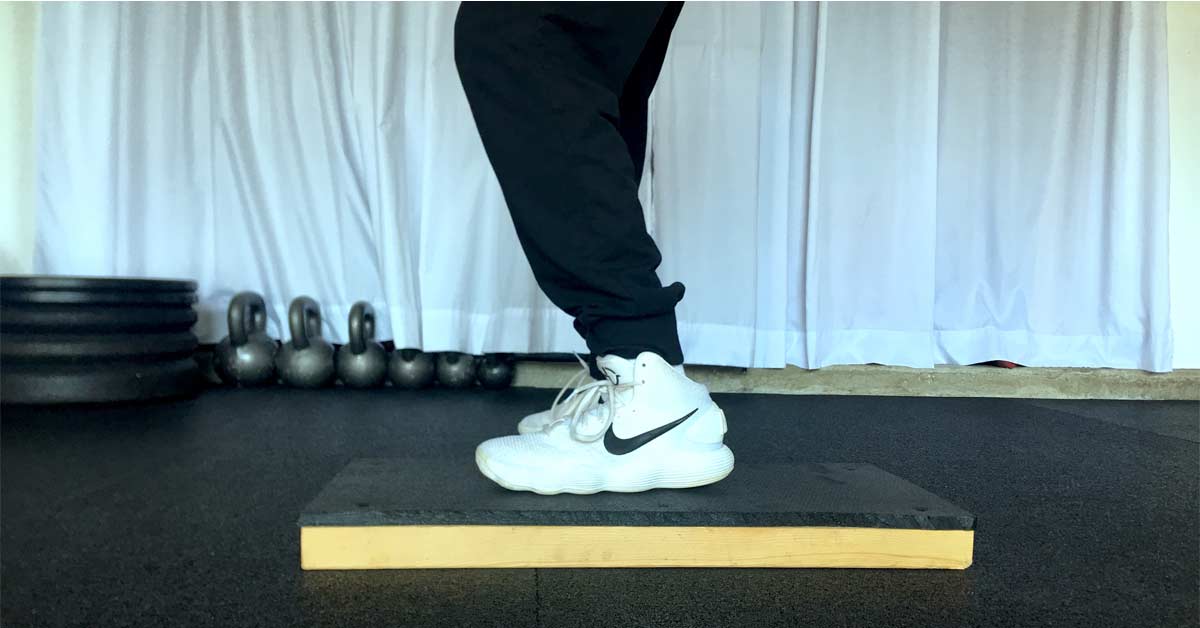
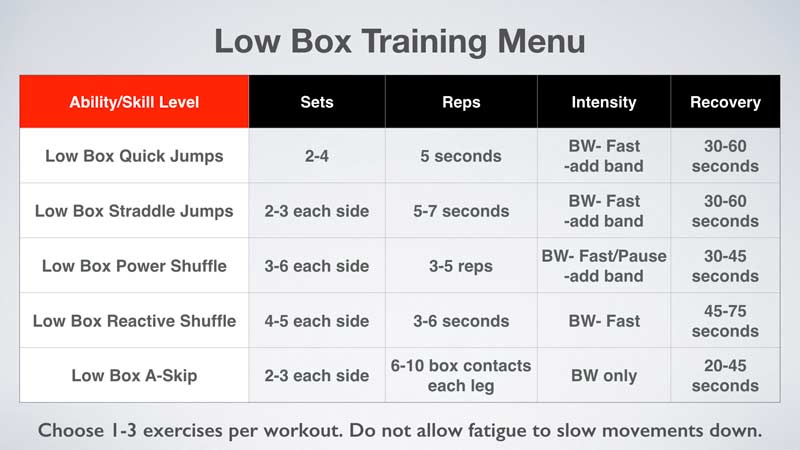
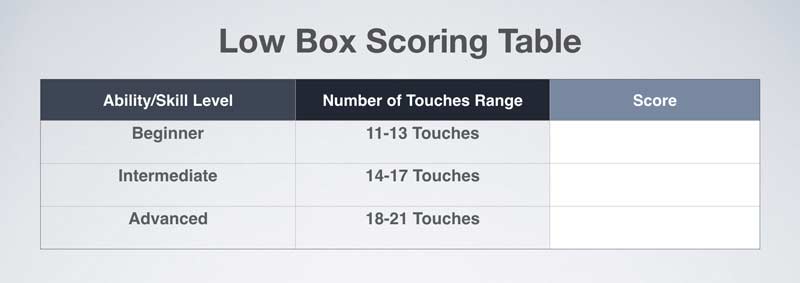
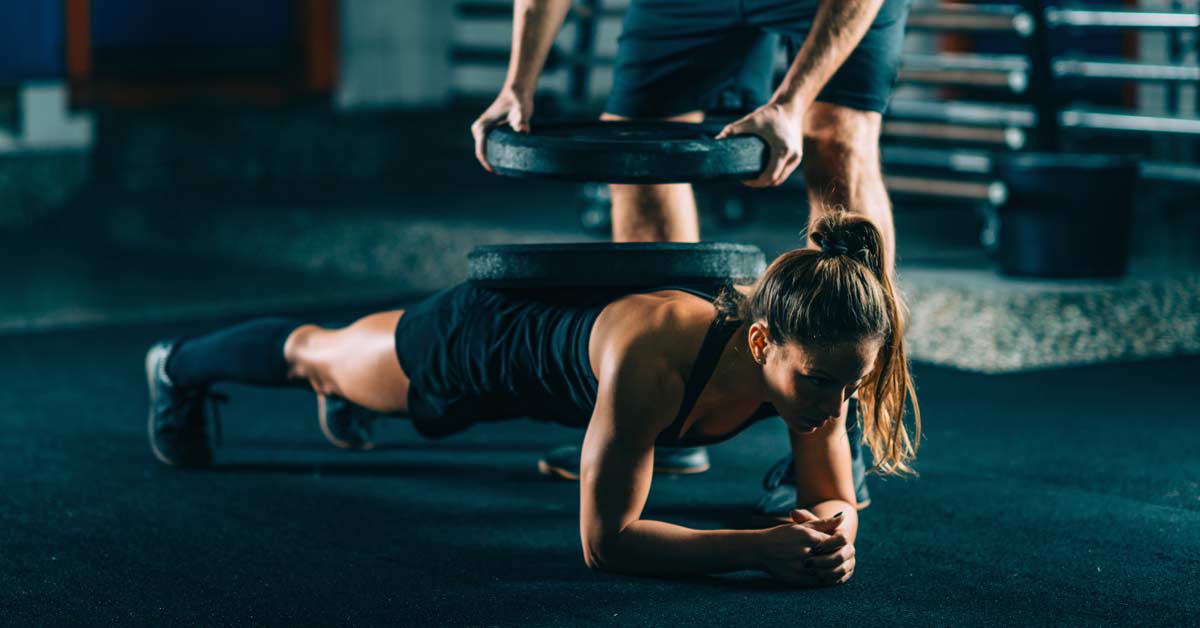

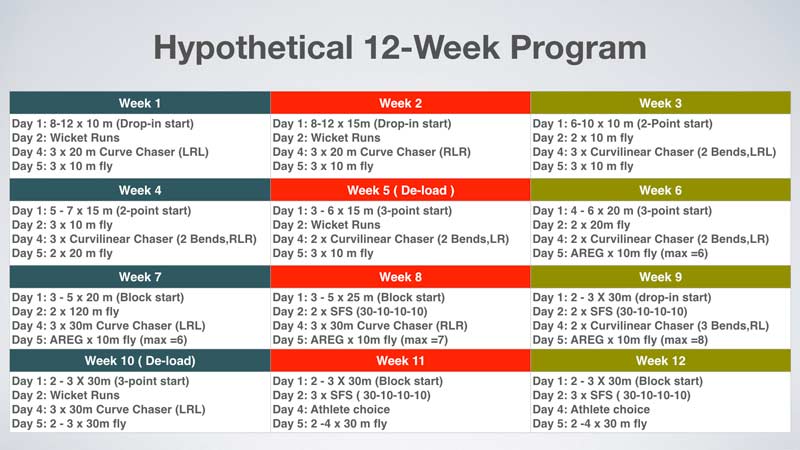

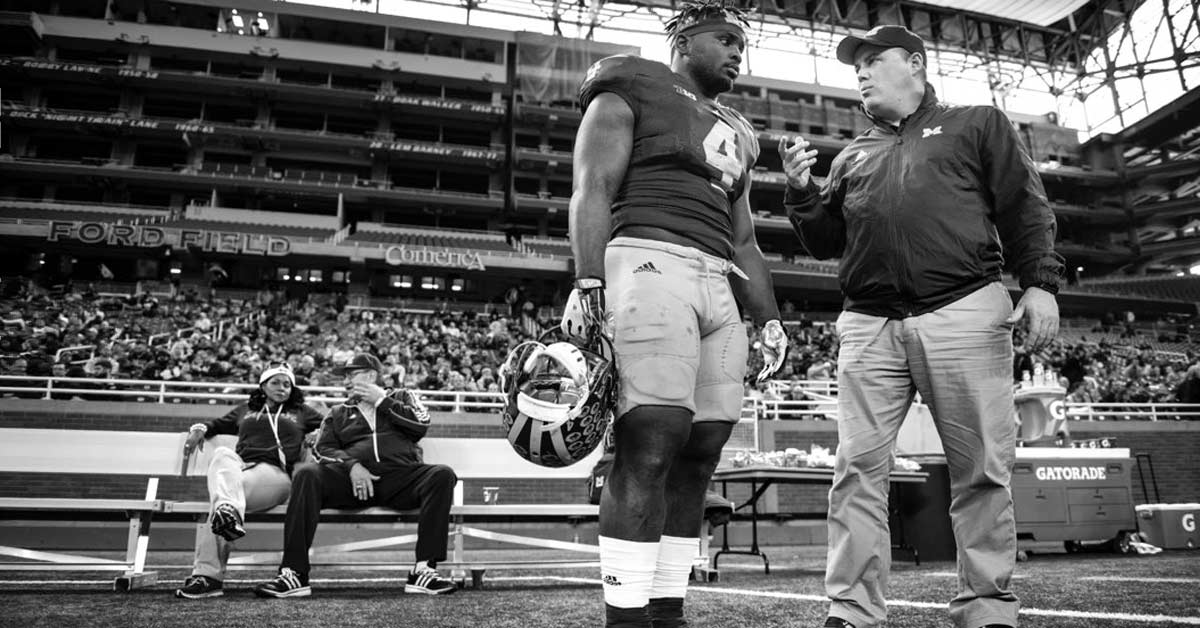
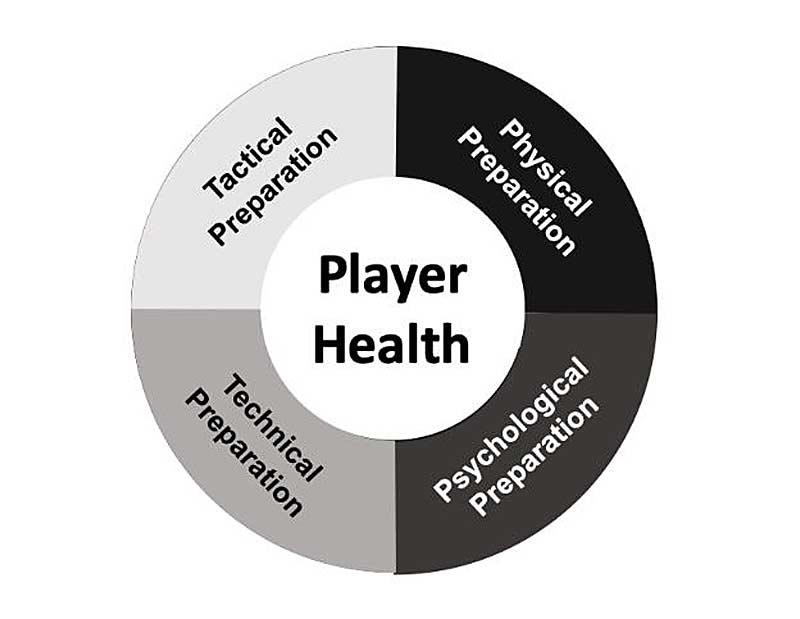
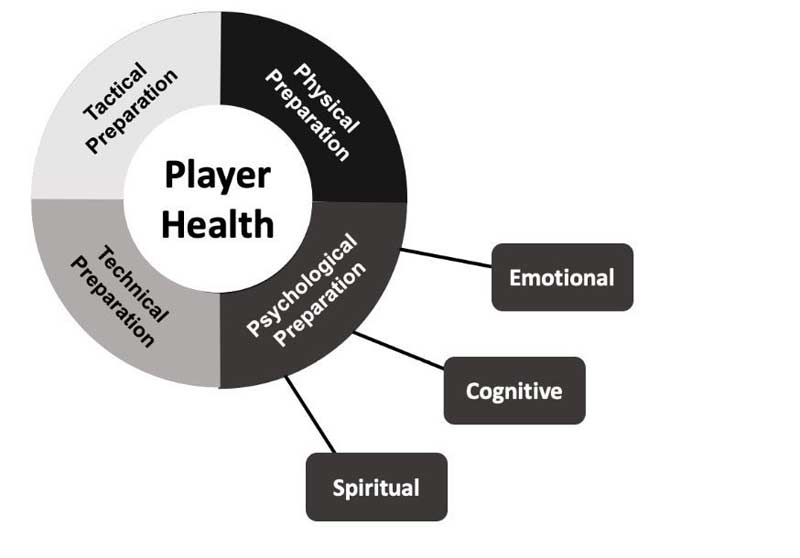
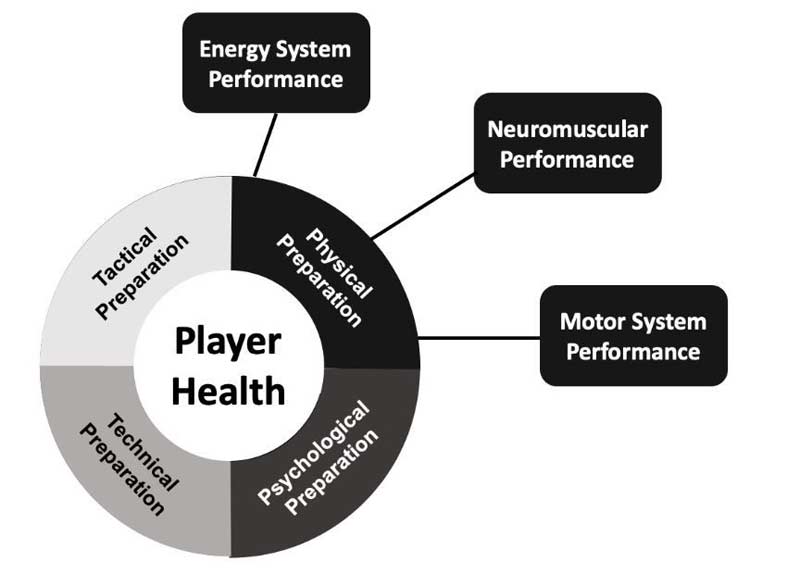
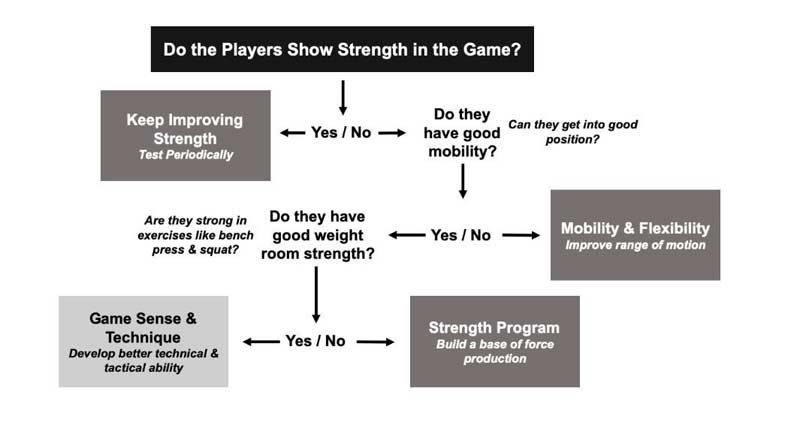
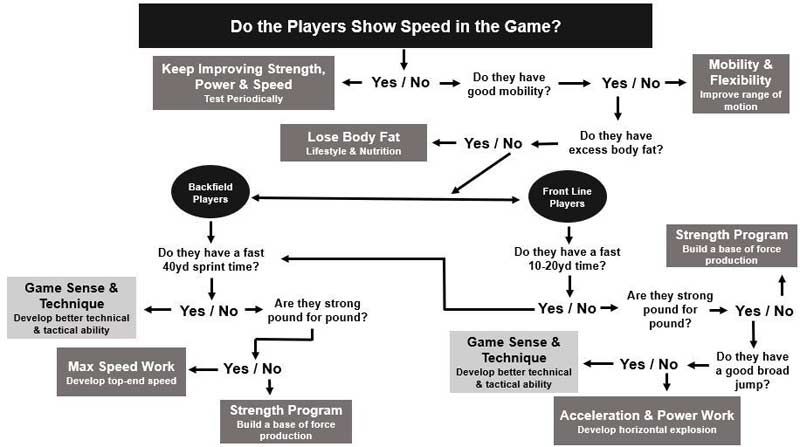
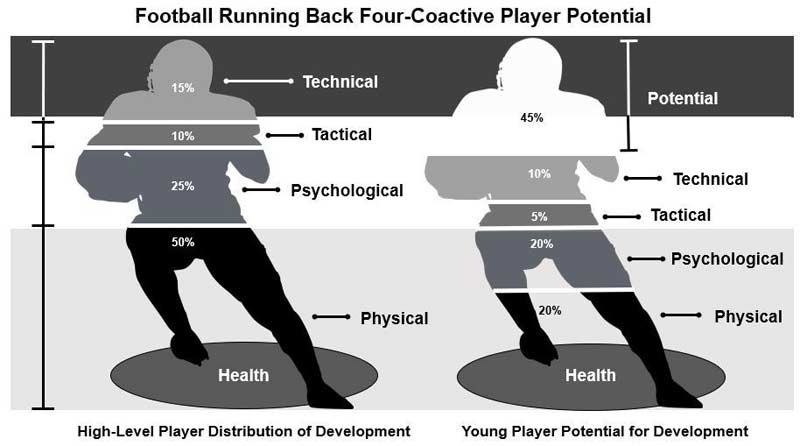
 Dr. Fergus Connolly is one of the world’s leading experts in team sports and human performance. He is the only coach to have worked full-time in every major league around the world. Dr. Connolly helps teams win at the highest level with the integrated application of best practices in all areas of performance. His highly acclaimed book, Game Changer (with Phil White), is the first blueprint for coaches to present a holistic philosophy for winning in all team sports.
Dr. Fergus Connolly is one of the world’s leading experts in team sports and human performance. He is the only coach to have worked full-time in every major league around the world. Dr. Connolly helps teams win at the highest level with the integrated application of best practices in all areas of performance. His highly acclaimed book, Game Changer (with Phil White), is the first blueprint for coaches to present a holistic philosophy for winning in all team sports.